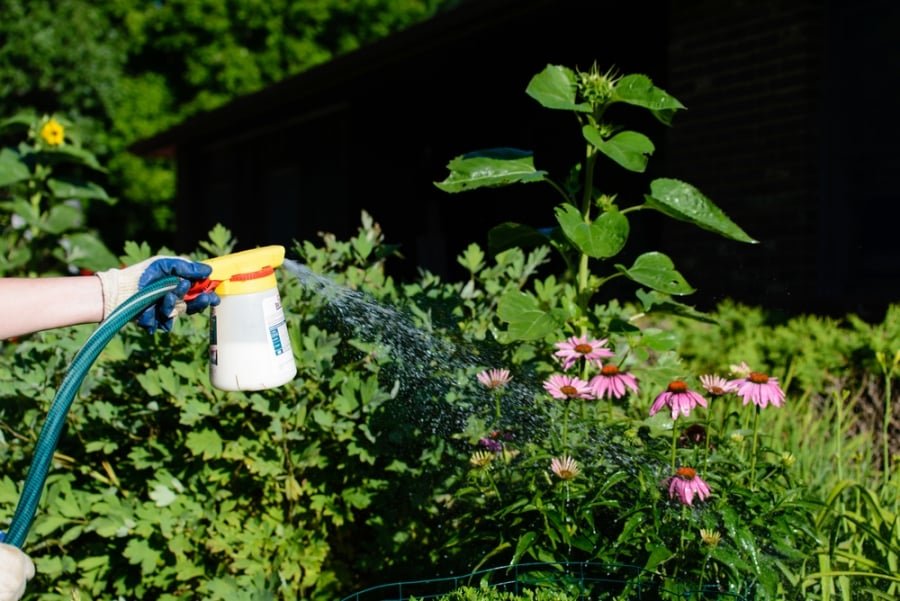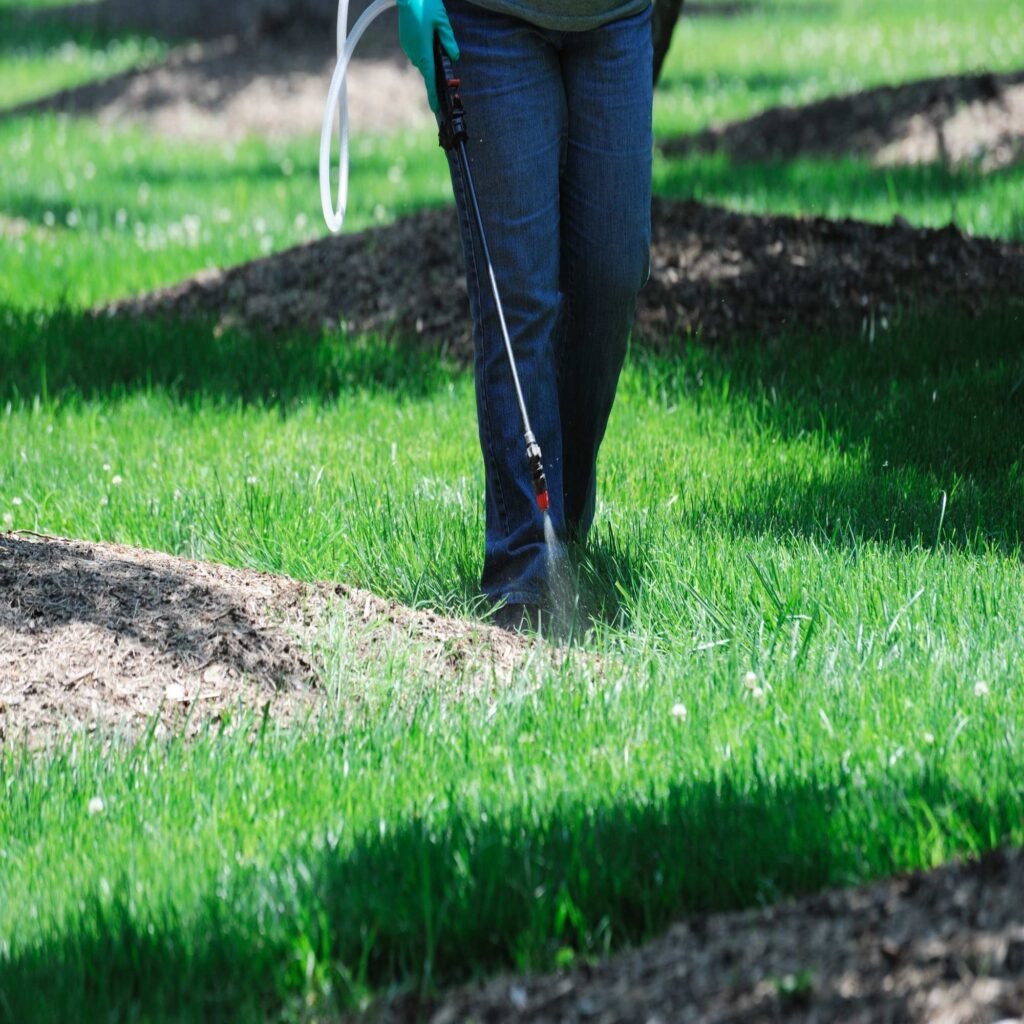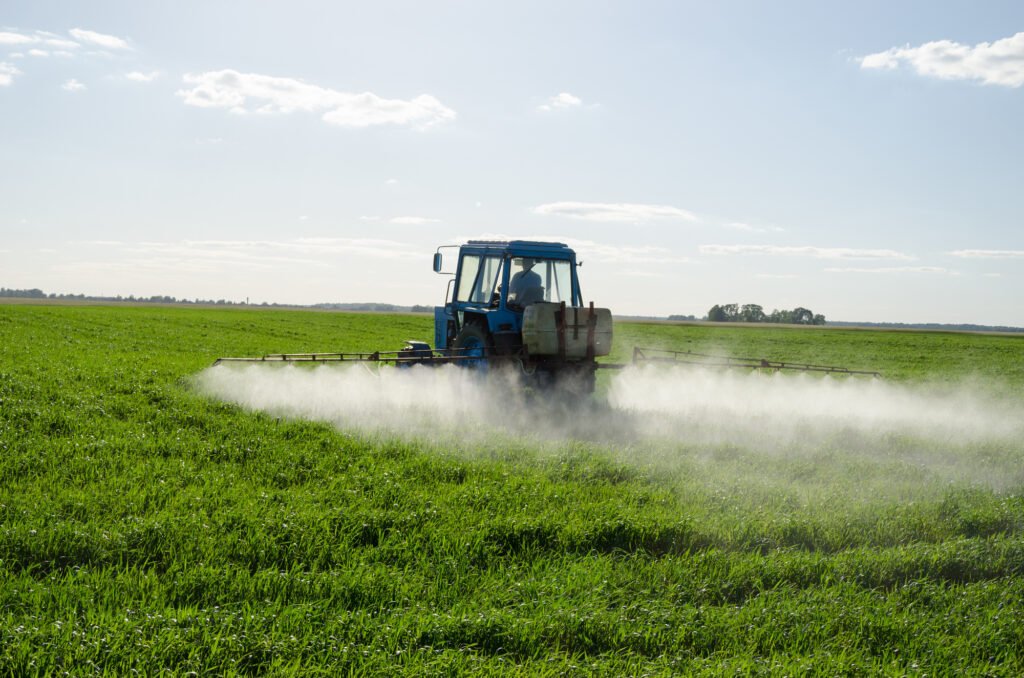Pesticides are a common tool for managing pests in gardens, farms, and landscaped areas. While they serve an important purpose, their misuse or unintended movement can cause pesticide drift, where chemicals travel beyond the intended area and affect neighboring properties. Pesticide drift can harm plants, pets, wildlife, and even human health. For gardeners and homeowners, knowing how to deal with neighbor pesticide drift is essential for protecting both your property and personal safety.
This article provides detailed guidance on understanding pesticide drift, its potential impacts, and practical steps to manage and prevent it diplomatically.
Understanding Pesticide Drift

Pesticide drift occurs when chemicals applied to one area travel through air or water to neighboring properties. Drift can result from:
- Wind: Strong gusts carry droplets or dust to nearby gardens or homes.
- Improper Application: Spraying too close to property lines, over-applying, or using the wrong equipment.
- Volatilization: Certain pesticides evaporate and move as vapor to unintended areas.
- Runoff: Rain or irrigation can carry chemicals into adjacent soil or water systems.
Drift can impact garden plants, lawns, pets, wildlife, and human health, making awareness and proactive management crucial.
Common Signs of Pesticide Drift

Identifying pesticide drift quickly helps minimize damage:
- Plant Damage: Wilting, yellowing, stunted growth, leaf curling, or unexpected dieback.
- Wildlife Distress: Birds, bees, or beneficial insects may appear sick or die.
- Odor or Residue: Chemical smells or visible residue on leaves, fences, or outdoor furniture.
- Health Symptoms: Respiratory irritation, skin rashes, or eye irritation in people exposed nearby.
Tip: Document visible effects with photos, noting the date, time, and weather conditions. This documentation can be valuable if you need to discuss the issue with your neighbor or local authorities.
Step 1: Prevention and Buffer Zones
The most effective strategy is prevention and early communication:
- Plant Barrier Plants: Dense hedges, trees, or shrubs between your garden and your neighbor’s property can reduce drift.
- Windbreaks: Fences, trellises, or garden screens can slow wind-borne chemicals.
- Water Retention: Mulching and well-maintained soil absorb chemicals that may settle.
- Communication: Politely inform neighbors about sensitive plants or organic gardens, especially during peak spraying seasons.
Tip: Establishing a buffer zone with tall, dense plants can reduce drift while enhancing garden aesthetics.
Step 2: Monitoring Weather Conditions

Wind, temperature, and humidity influence drift potential:
- Wind Speed: Spraying on windy days increases the risk of drift.
- Temperature and Inversion: Avoid pesticide application during hot weather or temperature inversions, which trap chemicals close to the ground and allow them to travel farther.
- Rain: Rain shortly after spraying can wash chemicals onto neighboring properties.
Tip: Keep a weather log during spraying season to correlate plant damage with potential drift incidents.
Step 3: Document and Assess Damage
If drift occurs, careful documentation is crucial:
- Take clear photos of affected plants, leaves, or surfaces.
- Note dates, times, weather conditions, and visible symptoms.
- Keep any pesticide containers, labels, or application instructions for reference.
- Record observations of wildlife or pets affected.
Tip: A thorough record strengthens your case if formal resolution or compensation becomes necessary.
Step 4: Communication With Your Neighbor

Diplomatic communication can prevent escalation:
- Choose the Right Time: Approach your neighbor calmly and avoid confrontational situations.
- Present Evidence: Share documented photos and observations.
- Explain the Impact: Focus on how drift affects your plants, pets, or family health.
- Propose Solutions: Suggest safer application methods, scheduling spraying during calm conditions, or establishing a buffer zone.
Tip: Keep the conversation respectful and solution-oriented. Most neighbors will respond positively when they understand the issue and potential solutions.
Step 5: Remediation for Affected Plants
If plants are affected, take immediate action to minimize damage:
- Rinse Plants: Use a gentle spray of water to wash off residual chemicals.
- Prune Damaged Foliage: Remove severely affected leaves to prevent further stress.
- Apply Organic Fertilizer or Compost Tea: Helps plants recover by boosting nutrients and resilience.
- Avoid Additional Chemicals: Do not apply other pesticides until plants recover.
Tip: Sensitive plants like herbs, vegetables, and flowers may need extra attention and protection after exposure.
Step 6: Legal and Regulatory Steps

If communication fails, you may need to involve local authorities or regulatory agencies:
- Contact Local Agricultural Extension Offices: They provide advice on pesticide laws and safety regulations.
- File a Complaint with Environmental Agencies: Many regions have environmental protection departments to handle chemical drift issues.
- Review Local Ordinances: Regulations often specify allowable distances for spraying near property lines.
Tip: Legal action should be a last resort; documentation and prior communication strengthen your position.
Step 7: Long-Term Protective Strategies
Prevent future drift and protect your garden:
- Install Windbreaks: Permanent hedges, fences, or shrubs reduce airborne chemicals.
- Choose Resistant Plants: Some species are more tolerant of low-level pesticide exposure.
- Timing Coordination: Coordinate with neighbors about spraying schedules.
- Container Gardening: Move sensitive plants to pots that can be relocated during spraying events.
Tip: Seasonal planning and collaboration with neighbors minimize the risk of recurring drift.
Environmental and Practical Considerations
Using plants and planning strategies for drift protection benefits your garden and the environment:
- Supports Biodiversity: Buffer plants provide shelter for pollinators and beneficial insects.
- Reduces Chemical Exposure: Natural barriers limit human and pet exposure to toxic chemicals.
- Enhances Aesthetics: Strategic plantings can create privacy screens, decorative hedges, or natural borders.
- Promotes Sustainable Gardening: Encourages safer pesticide practices and environmentally responsible landscaping.
Tips for Diplomatic Conflict Resolution
Dealing with pesticide drift involves both horticultural and social skills:
- Stay Calm: Avoid confrontation; emotional reactions can escalate the situation.
- Be Informed: Understand the chemicals involved, their effects, and safe mitigation steps.
- Collaborate: Work with neighbors on solutions that protect both properties.
- Focus on Prevention: Encourage best practices and seasonal planning to avoid future incidents.
- Seek Professional Advice: Consulting an arborist, horticulturist, or agricultural extension agent can guide remediation and preventive measures.
Tip: Successful resolution combines diplomacy, knowledge, and proactive action.
Final Thoughts
Neighbor pesticide drift is a common challenge, but it can be managed effectively with knowledge, preparation, and tact. By understanding drift causes, documenting effects, communicating diplomatically, and taking immediate and long-term protective measures, gardeners can safeguard their plants, pets, and family health.
Plants, water barriers, container gardens, and windbreaks offer natural defenses, while cooperation with neighbors ensures safer chemical application. By taking proactive steps and focusing on prevention, remediation, and education, homeowners can mitigate the risks of pesticide drift while fostering positive neighborly relationships and maintaining thriving, healthy gardens.
In a world where chemical use is sometimes unavoidable, being informed and prepared allows gardeners to protect their properties without conflict, promoting both environmental stewardship and peaceful coexistence.
